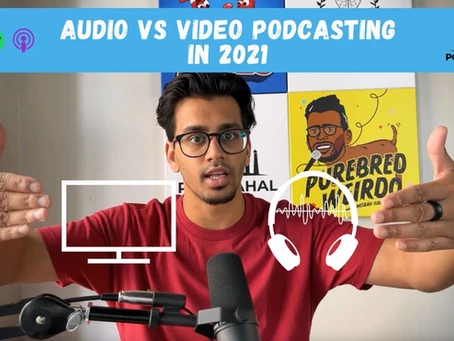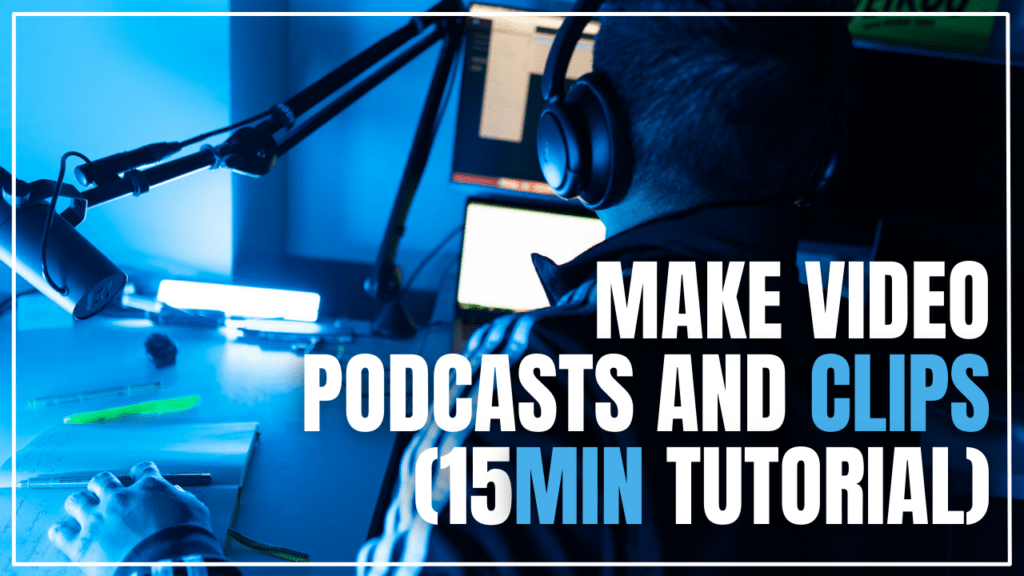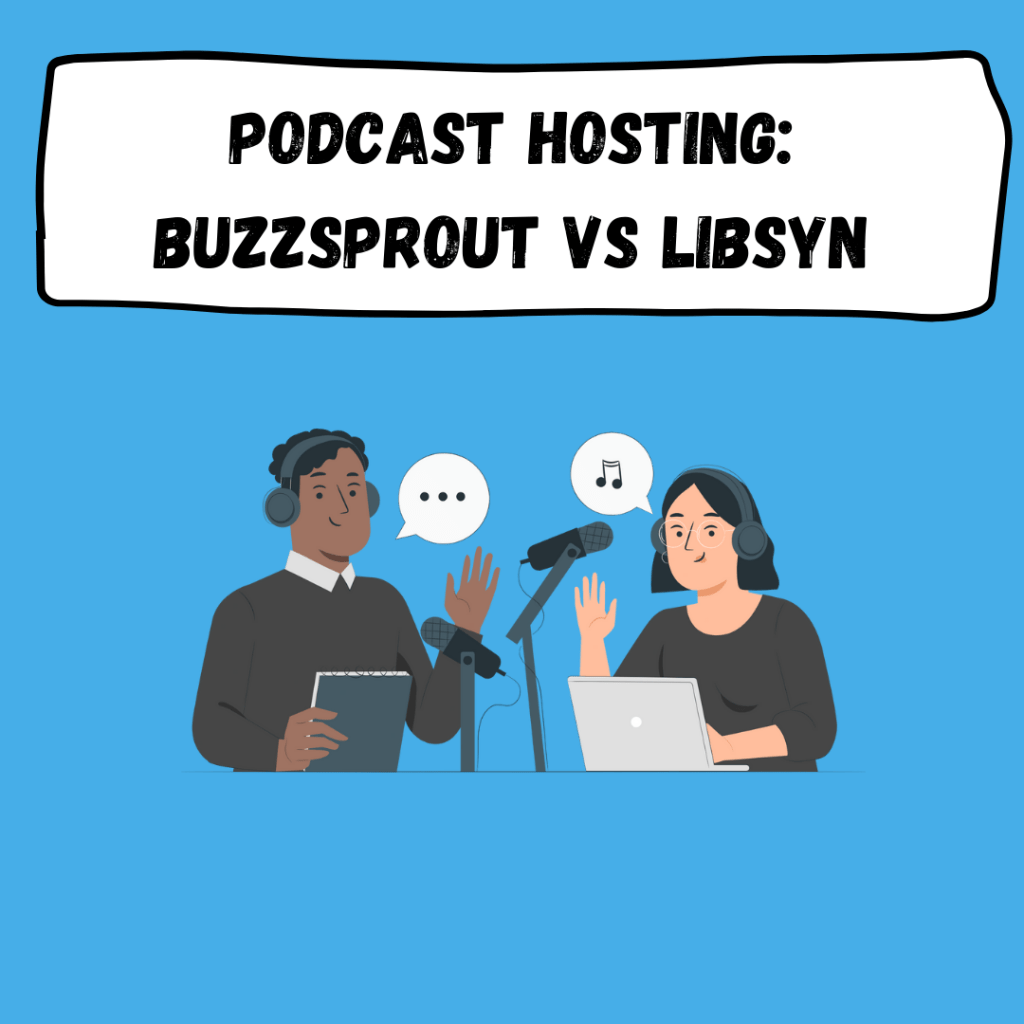Membership Model – this is a type of business plan wherein an individual or a business pays a recurring amount to access the value an organization creates.
These are some examples of Membership Models:
- Community Model (e.g. international professional associations, online communities, Facebook groups)
- Content Library Model – Access to digital services such as webinars, online courses, or access to any collection of content. (e.g. Patreon).
- Another example: If you’re planning to start a podcast and you’re looking for video tutorials with access to planners, equipment guides, templates, and the like, you may grab POD FIT Course. This is an online tutorial course to help you start and launch your PODCAST with access to some forms of content such as templates, scripts, editing basics, and word-for-word SOPS for all the processes involved.
- Education Coaching Model – in this type of model, values focused on improving skills or acquiring certificates
Bite-sized action items to go from dreaming to streaming your podcast.
Podcast Transcript:
Misbah Haque (00:04):
Hey everybody, what’s going on? My name is Misbah Haque. And welcome back to another episode of pod Mahal. In this episode, I wanted to talk to you about membership models. And I wanted to discuss the pros and cons of it, because it can be a beautiful thing. But there are just some things to consider before you dive into making this a major tier and monetizing your podcast.
So let’s first quickly define what I mean by membership models, this could take the shape of let’s say, having a Patreon, it could have, it could be a Facebook group, it could be some sort of community access that you provide. It could also be maybe, let’s say for if you’re a fitness coach or something like that you’ve got an app, you have an app, that’s six bucks, 10 bucks a month, that would also be classified under a membership model a little bit. So let’s dive into the pros. So first of all, the pricing is accessible, right? So right off the bat, when you create something that is not $200 a month, but it’s like, five bucks, 10 bucks, 20 bucks, all of a sudden, you do cast a wider net, in terms of who can afford this. And it’s not breaking the bank for anybody, they’re getting massive value out of it, it can be a great win-win in that sense.
The second thing is it’s community-focused, right? So we have the potential to be community-focused, if you’re using Patreon, or a Facebook group, or something like that, you can have other people kind of engaging with each other, cheering each other on answering each other’s questions, that can be a really cool thing to watch and, and to foster. And some people are really good at leading that type of community and showing up for that type of community and it fulfills them. So that can be a really big win.
Number three, to piggyback off that, you can turn it into a referral machine if it’s optimized correctly. So if people are having great experiences, with whatever membership you’re offering, then they’re going to want to talk about it, they’re gonna naturally when people ask them what they’re up, what they’re into, it may come up and the likelihood that it can be shared and other people are, then as a result, going to come in, join your app or join your Patreon is a little bit higher, right. So it’s a layer of referral marketing, it’s already kind of built into the model itself. Now, some of the things that you do want to keep an eye out for the cons that you do need a larger volume of attention. I mean, think about, if you price at 10 bucks a month, 20 bucks a month even like to have 10 members, versus 20 members versus 50 members versus 100 members whatever your revenue goal actually is, for this thing, you want to kind of think about what that number would be, and you divided by whatever you price your tears at, or your main tear at.
And you can do the math, and you see that it’s a lot of people to acquire. And so you just have to make your way through a lot of attention, whether it’s through Instagram or podcasts or websites or appearing on other people’s podcasts or doing guest posts, anything that helps you acquire that attention, you’re going to need that, if this is going to be supporting a larger chunk of your revenue goals. Now, some people have a poppin Instagram already super engaged, they’re like, if that’s going on for you, this might be a great, perfect fit already. But for a lot of us, that’s just something to keep in mind, if you don’t have a large existing following, you do need to build that to acquire the amount of members you’re going to want. So number two after that is going to be just this is not true for everybody, but it can be high maintenance to retain an engaged group of members. So how many groups are you a part of where things just go off the rails sometimes, maybe people just don’t even post or engage with any of the stuff in it.
So it’s just an extra group that you’re a part of that nothing’s really going on in but you also probably are part of groups where it’s everybody’s just amazing. It’s like they’ve How have they found these magical humans that are in this thing, they all support each other. They all comment on each other’s stuff. Everybody’s respectful. That’s just something to consider, right? You want to maintain the integrity of the group and whatever you’re kind of running. So there’s turnover in any type of product or service that you’re going to be offering right. Keeping in mind that like if a membership model gives access to a lot of different things, you need to continue to probably create more stuff for them to have access to, to make that membership worth it. So that’s just something to think about.
The lifetime value of the member might be a little lower, depending on the length of the membership. So in a perfect world, like we want someone to sign up, and kind of stay with us forever. That would be amazing. But chances are, it’s going to be for three months, six months, a year, hopefully even longer. But I like to go with a minimum number that’s like, what’s your minimum amount of time? Okay, maybe three months or six months, right? Um, if you What do you need to be happy with bringing this person in the door, you know, because if you think about a $10 Patreon tier over the course of six months, that’s $60. Okay, so now that gives you some math to work with in terms of how many more people you need to hit your revenue goal.
But it’s just something to keep in mind, right is that you, you have control of this, before you put out a solution, quit very quickly too could just be to, you know, drive up the price of your membership, it could be a little bit more hands on at first, right. So there are less people involved, it’s a little bit more intimate and smaller. But that’s something that you can do to alter and offset some of this stuff. It’s all solvable. But it’s just something to consider before you dive into creating a membership model. Because I know for somebody like myself, I’m not sure I would enjoy it as much as I think that I would. It’s something sometimes that I want to create. But I know that all the work it takes to sustain it is to nurture it. If I’m being honest with myself, I probably wouldn’t do it. And my time and enjoyment is more valuable. Going into creating stuff like putting out free podcasts, free Instagram posts, or monetizing through our services are done for your production and teaching people things through our courses and stuff like that. So I have that, I think about this every couple of months, oh, this would be cool to start. But I know for myself that it’s not a very compatible fit. But then there are clients that I work with, who do this very successfully. And it’s because they either, you know, they want to. And this is a type of model that fulfills them. And that really excites them, or to like, they put in the work.
So the work that’s needed to do it, whether it feels like work to them or not. They get it done and they’re willing to show up and do that. And so it’s just something to weigh out when you are considering the different avenues that you can use to monetize your podcast. So I hope this was useful.
If you have any questions, and you’re trying to figure out how you would want to monetize your podcast, should you take this model? Should you figure out another way to do it? You know, feel free to reach out to [email protected] I would love to hear from you. You can also reach out on Instagram, feel free to shoot me a DM and make sure to rate review and subscribe to the show. If you have been enjoying it. That really helps us out a ton. And then there’s more free resources at pod mahal.com. So checklists to help you kind of launch. We’ve got workbooks to help you shape your ideas, you know, equipment guides to help you figure out all that good stuff. And then more details on all of our done for you production services and all that good stuff. So make sure you head over there podmahal.com Once again, thank you so much for tuning in. My name is Misbah Haque, and I will see you next time!
👇🏽
How We Help
Done-For-You
Podcast Production: https://podmahal.com/podcast-production
Pod Fit
Course: https://podmahal.com/podfit
Podcast
Coaching & Consulting: https://coaching.podmahal.com/start-a-podcast
👋🏽
Connect:
Website: https://podmahal.com/
YouTube: https://bit.ly/35HR5eI
Apple
Podcasts: https://apple.co/3xFpkzz
Spotify: https://spoti.fi/3hqWbSb
Instagram: https://www.instagram.com/misbah.hawk
Instagram: https://www.instagram.com/podmahal/



